12 Walls - Architecture and Contemporary Ornament
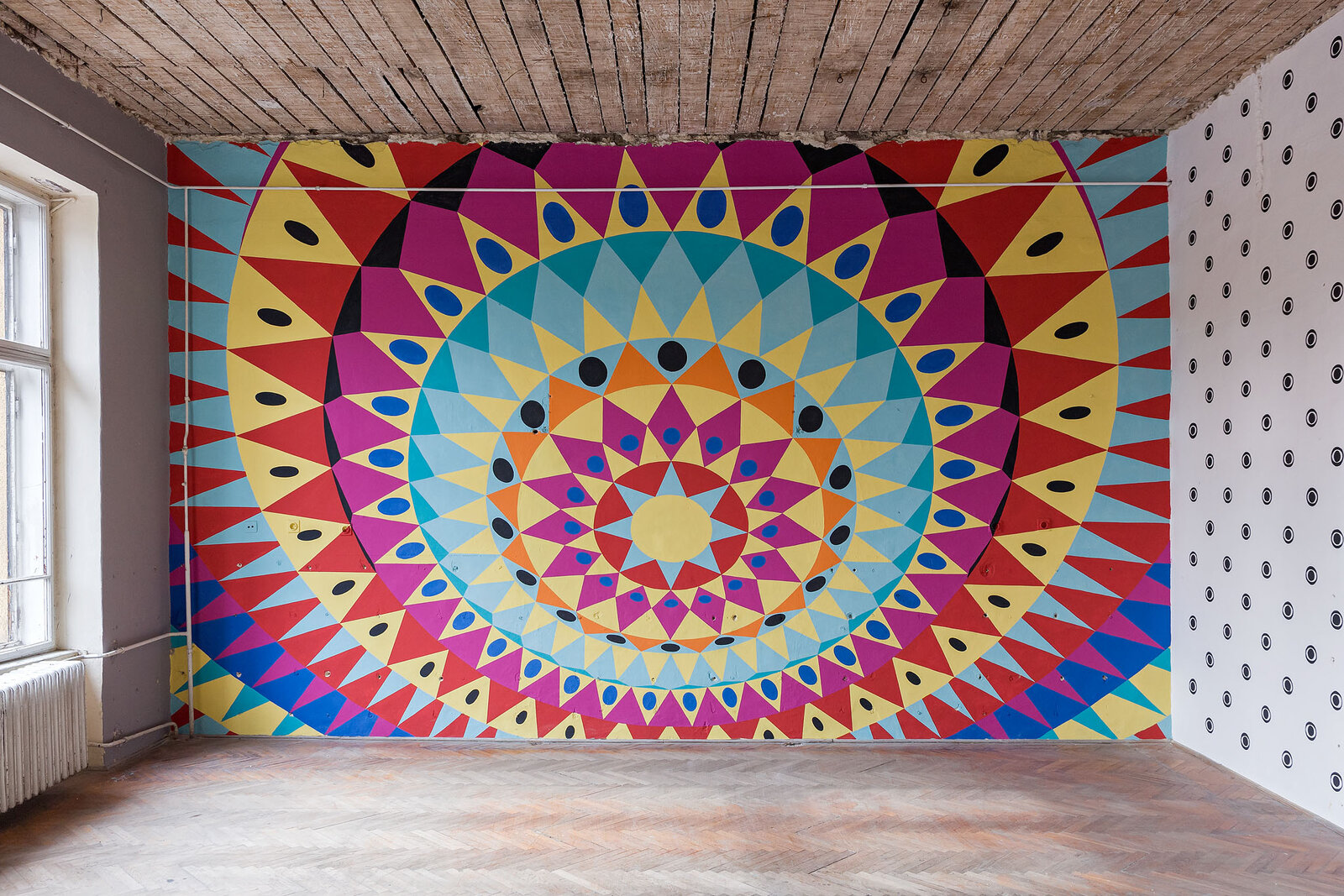
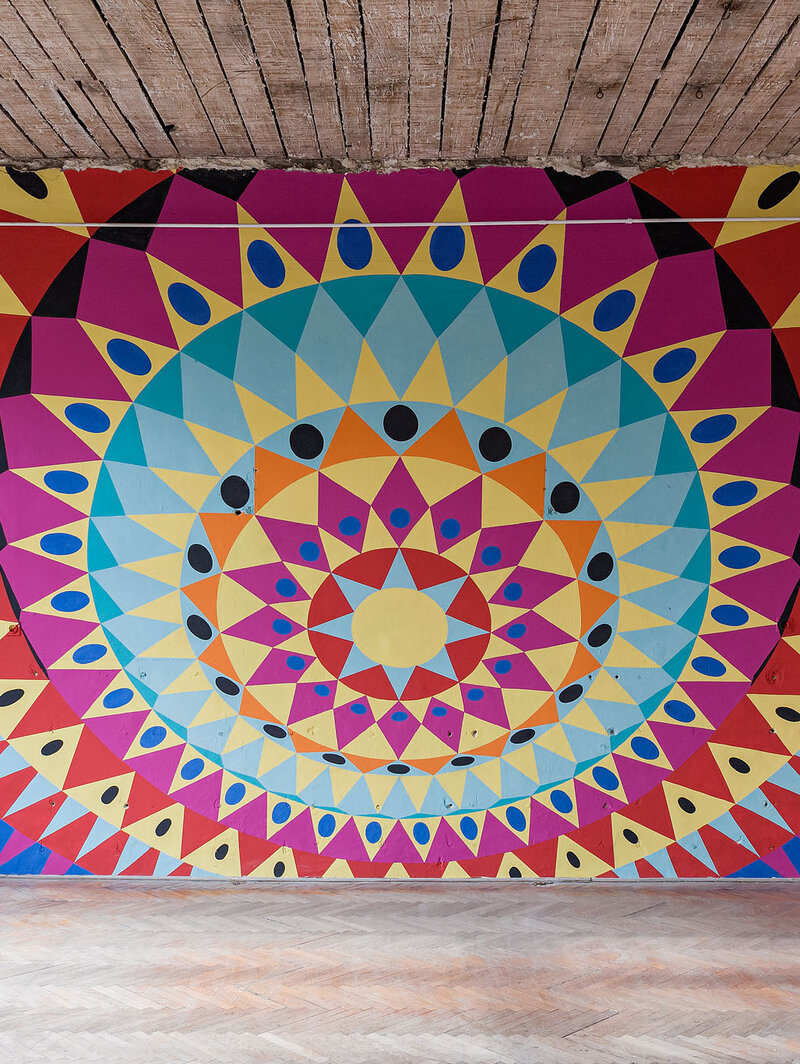
Arts at the turn of the century were greatly influenced by two terms, motif and ornament.
The achievements of this period include Lajos Schoditsch’s Industrial School (later the Elementary School of Music) or, across the street, István Medgyaszay’s Petőfi Theater, a symbol of Veszprém today. The two buildings now await renovation, and soon their histories will be even more interconnected, as the Industrial School will serve as office building for the theater. Prior to the renovation, there is an opportunity to reflect on the questions significant for Medgyaszay and the architects of his time, by investigating what ornament and decoration mean for young architects today.
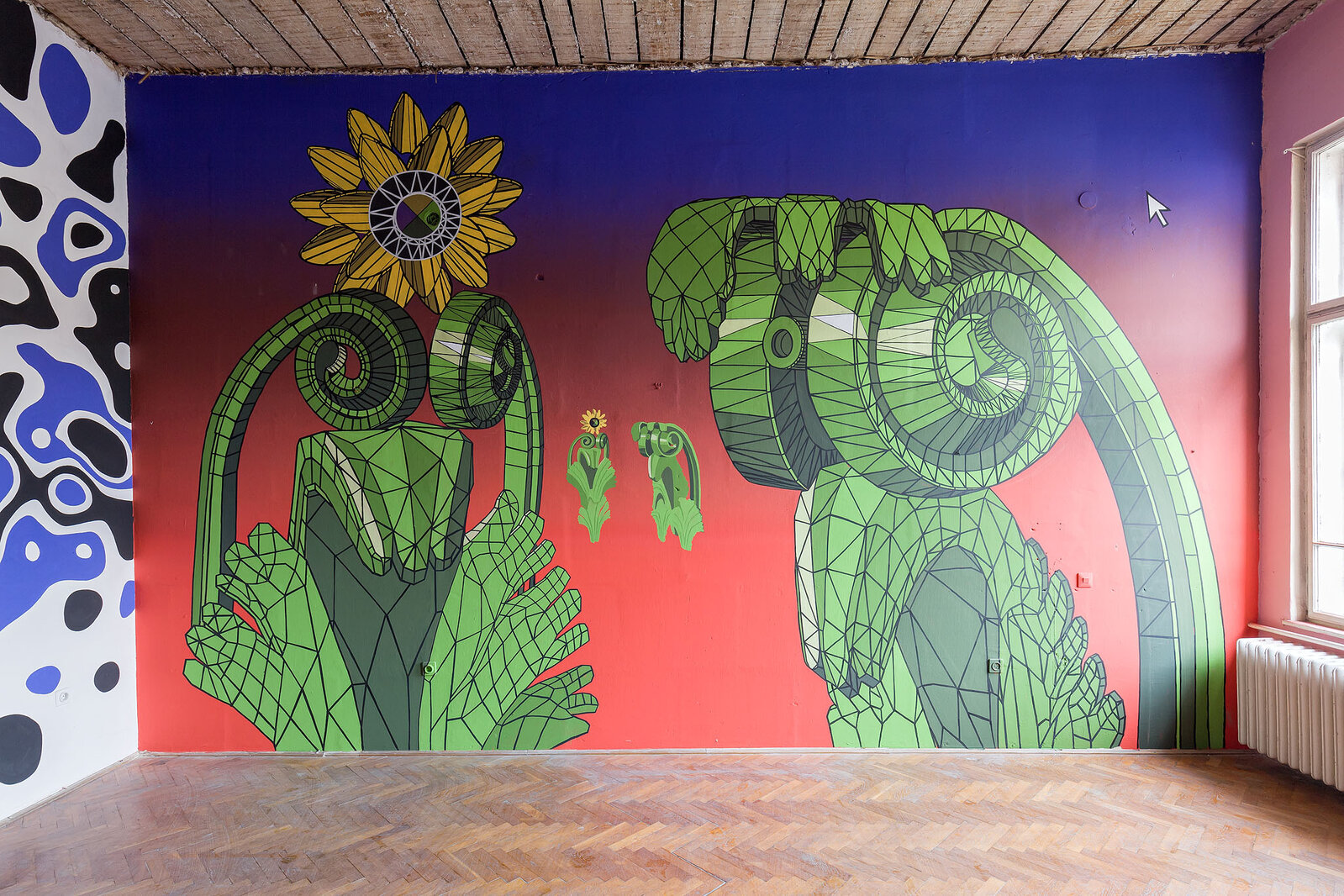
Throughout the history of Modern architecture, the ornament has been a recurring point of orientation. Its use always has been a subject to debates, its definition and understanding differed with date and region. And while the expression is also influential in fine art, applied art, and even music, it is the history of architecture that assigned it a major role.
After Historicism, an era reinterpreting the elements of bygone periods, the last decade of the 19th century saw the focus of architectural creativity shift toward the quest for uniqueness, individuality, distinctive identity. Parallel to this, the architectural ornament, breaking loose from the traditional field of pattern books, became a means for self-expression. As far as the Secession is concerned, the building is a total artwork, a Gesamtkunstwerk, and the ornament is an inseparable part of it. The different schools in Secession had their distinct approaches to decoration.
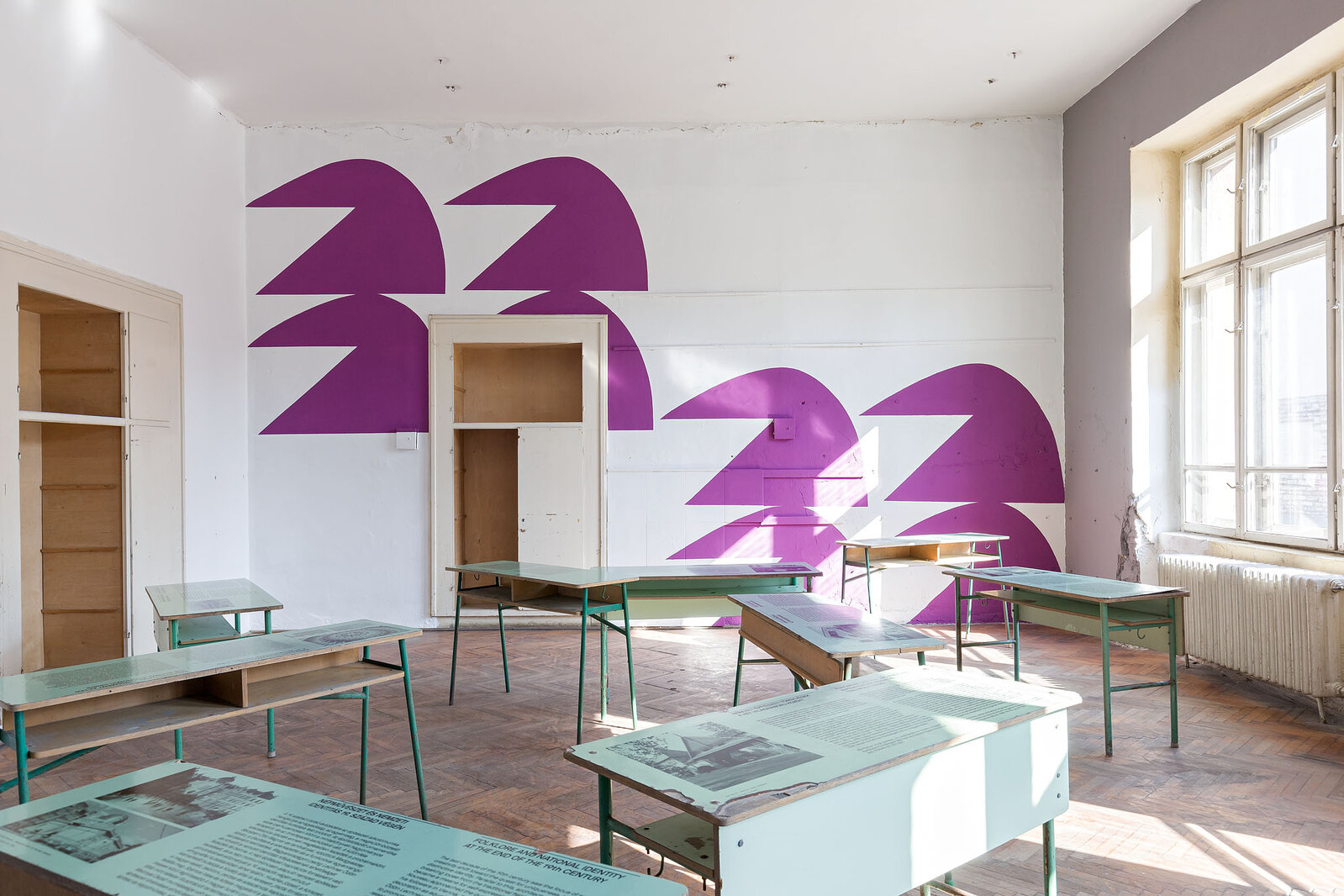
Ödön Lechner and his followers in Hungary perceived it as a tool to promote national identities. Otto Wagner and his followers in Vienna, including István Medgyaszay, assigned it the same importance as to structure or function.
The Modernist movement, replacing the Secession in the 1910s, pursued a different idea. In his famous lecture Ornament und Verbrechen, Adolf Loos, the movement’s leader and Wagner’s rival, claimed that decoration was a crime. Loos’s seemingly radical statement provoked diverse—supportive as well as opposing—reactions in the following decades, however, the rise of functionalist Modernism led to the gradual exclusion of the ornament from the progressive architectural discourse. The “International Style” by no means signified the end of regional, local characteristics, yet, in decoration, the ornament was replaced by works from other fields of art (paintings, mosaics, or sculptures, applied onto walls), thus transposing the issue beyond the reach of architects.
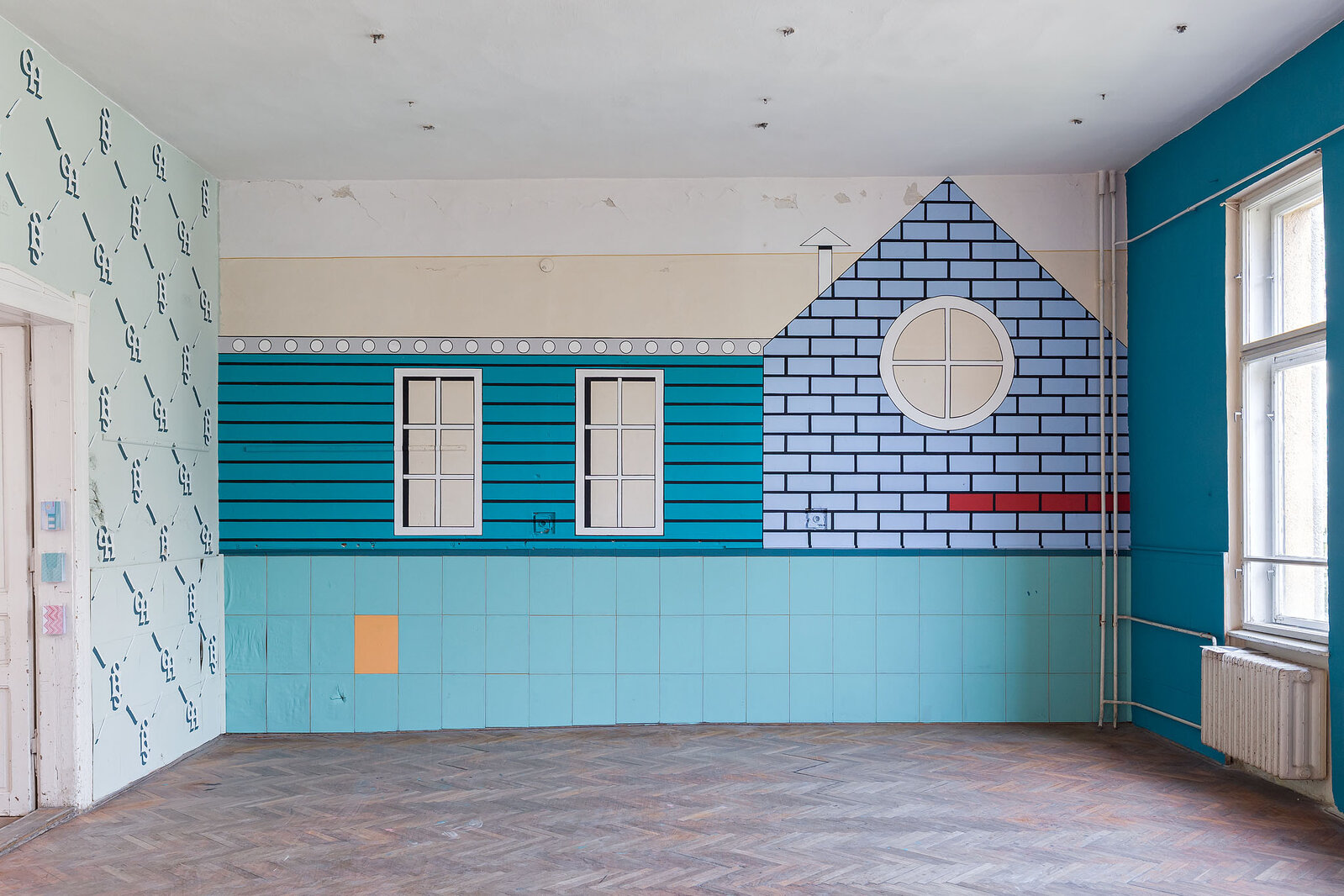
With the rise of Post-Modern architecture, the ornament once again became a legitimate tool of architectural creativity. The curiosity toward the essence beyond structural aesthetics and functional content, as well as the brand-new tendencies in the symbolism of the building that now was understood as a designed object, also granted new possibilities for the ornament; social, cultural, and political notions that surpassed personal taste and reflected broader questions regarding the role of the architect and architecture.
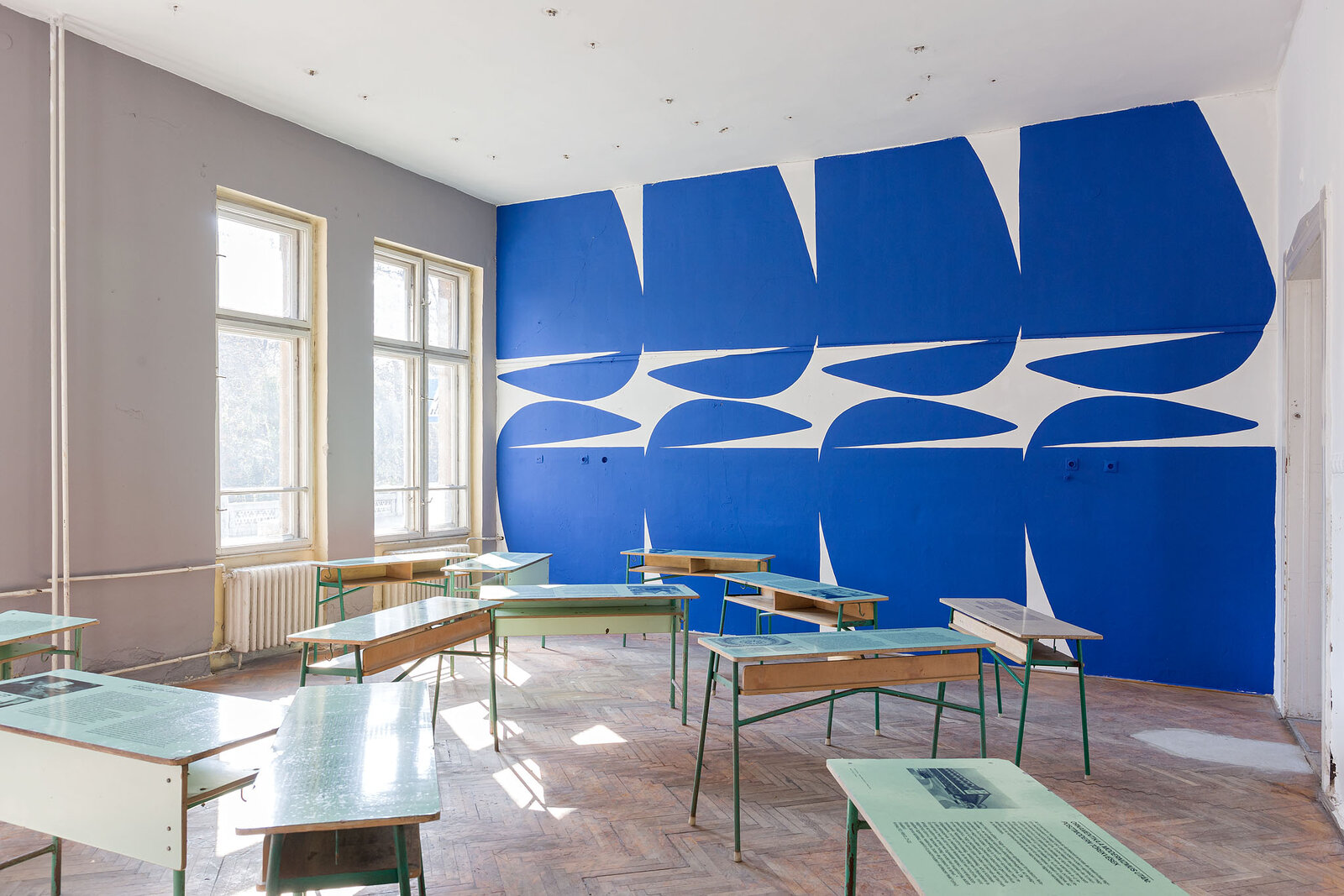
In recent years, there is a novel interest in the ornament. This tendency is apparent in the international scene of architecture both in individual productions and in so-far isolated discussions. While this interest is definitely linked to the rediscovery of the Post-Modern architecture and approach, the opportunities that digital design tools and the contemporary construction sector provide are unprecedented. Departing from its original meaning, decoration is not a secondary or complementary function anymore, but an organic part of a designed whole, an addition defining unique architectural quality.
Many emerging architects and studios are struggling to settle with the repeatedly omitted, yet constantly resurfacing ornament. As an international survey of the results of this discourse, the exhibition presents the different approaches of young collectives to the current roles and boundaries of the ornament, by appropriating the late Industrial School’s empty, undecorated walls. 12, to be precise.
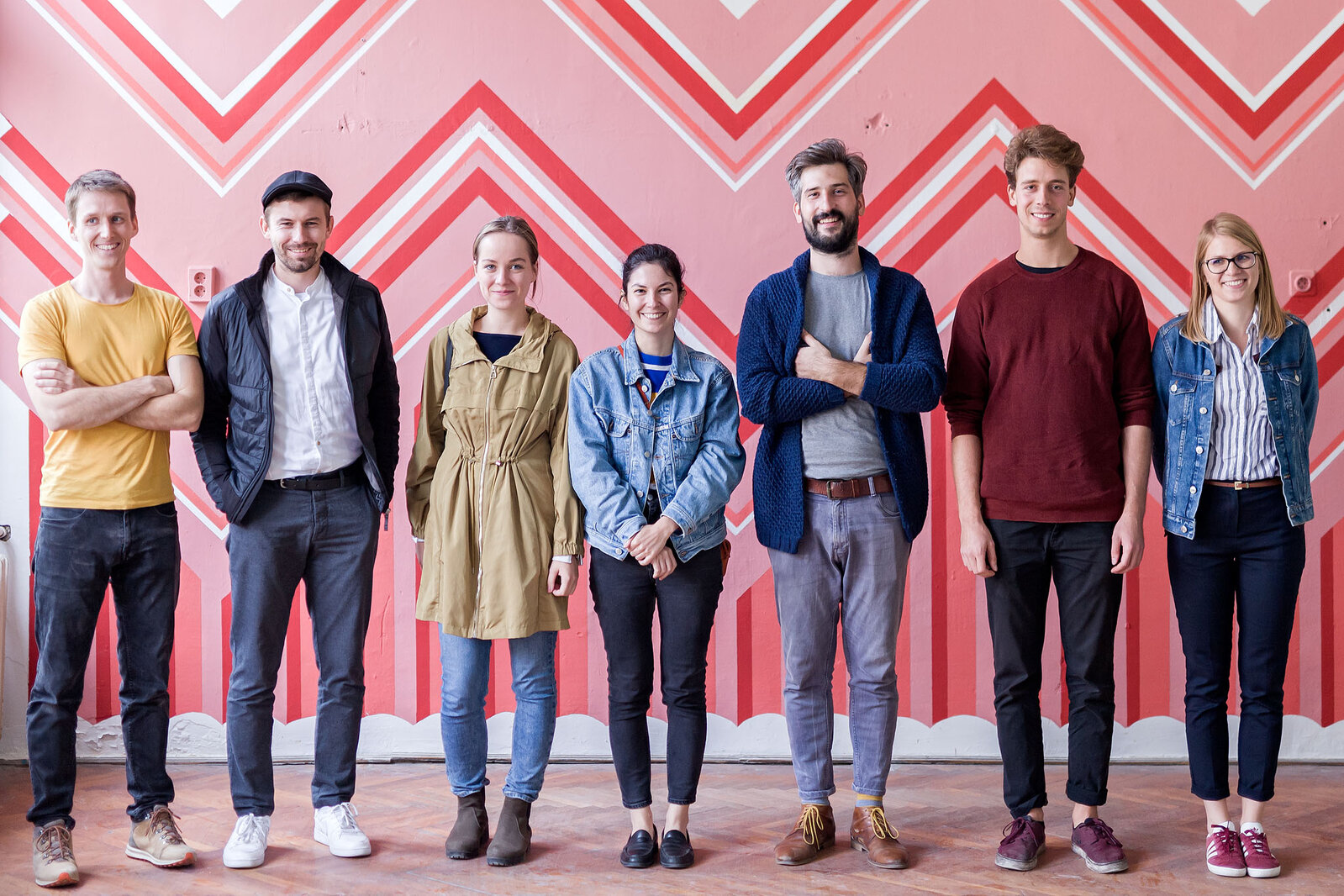
Impressum
Organizers: Municipality of Veszprém Town of County Rank, Paradigma Ariadné
Curators: Heléna Csóka, Dávid Smiló, Attila Róbert Csóka, Szabolcs Molnár
Consultant: Dániel Kovács
Graphic Design: Marcell Kazsik
Graphic Production: Neopaint
